It’s a really big world out there. Especially if you are only two inches tall.
Earlier this year I spent a fabulous week in Yellowstone National Park photographing toys in the winter landscape. In Yellowstone, it was fairly easy to find photo-worthy natural setups for toy photography, as there is breathtaking landscape scenery nearly everywhere you look. But how about closer to home? What about finding toy photography setups “in the wild” when the surroundings are less than spectacular? My LEGO minifigure team was up for the challenge, so we headed out around the neighborhood nature trails and a small local park to see if I could make something from nothing. Here is a behind-the-scenes look at the results.
Link in the Mountains
At first glance, there might not seem to be anything photographically inspiring in this scene. But once I started looking around and thinking about it from the toy level, some interesting possibilities emerged.
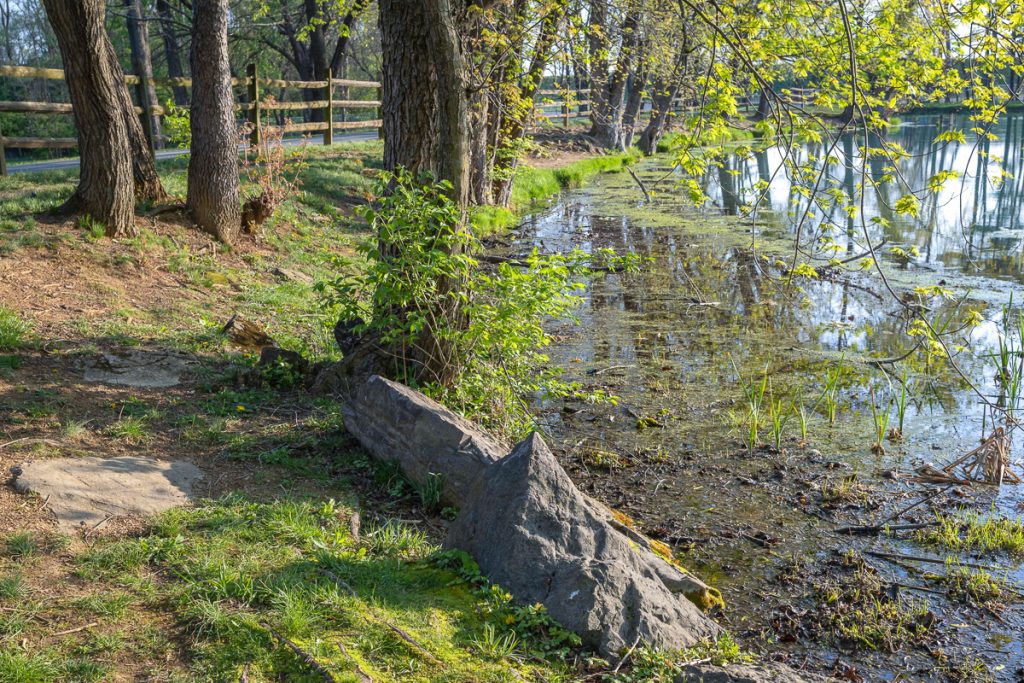
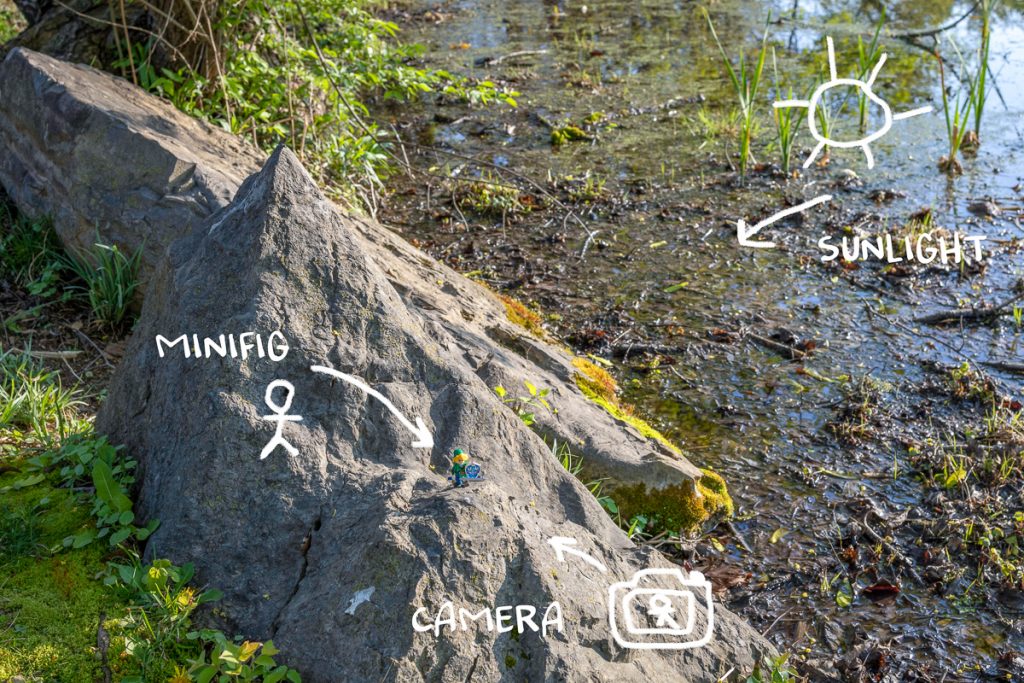
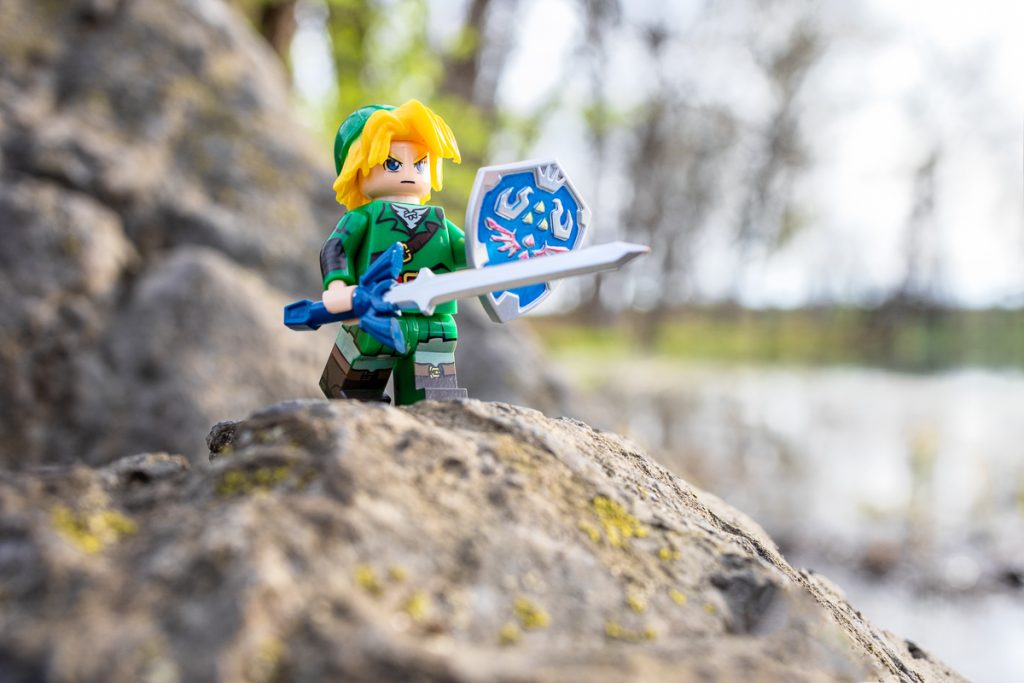
When photographing toys outdoors, I don’t worry too much about perfect scale or perfect reality. For me, imagination is a big part of the fun of having toys and part of my creative process. I typically look for setups that will provide depth, interest, and enough natural elements to make it recognizable as an outdoor scene. If you want to create a more realistic scale, read Dave’s post about lens compression techniques or check out Chris Whitlow’s amazing forced perspective images.
Getting low and looking at these rocks from toy level, it was easy to imagine Link standing on a mountain looking out across a vast world searching for his next adventure. Photographing him from a low angle gave him prominence and an appearance of strength that added to the credibility of the scene.
Legolas and Gimli
Here is an example where I found an ordinary stone wall to use as a mountaintop for Legolas and Gimli. Once again, the key was getting low with the camera.
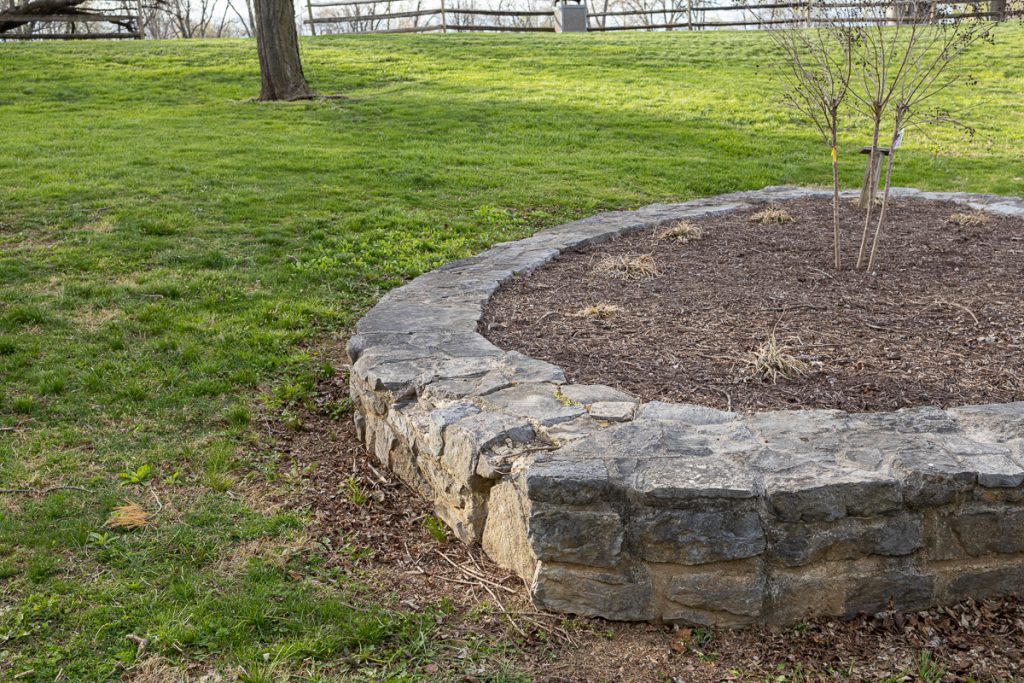
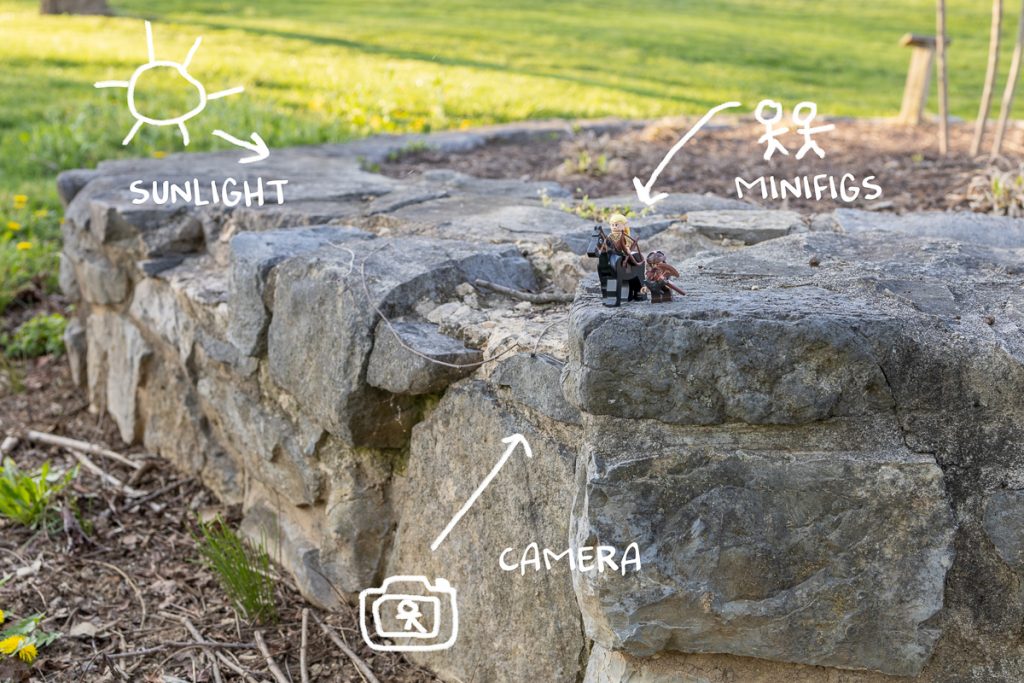
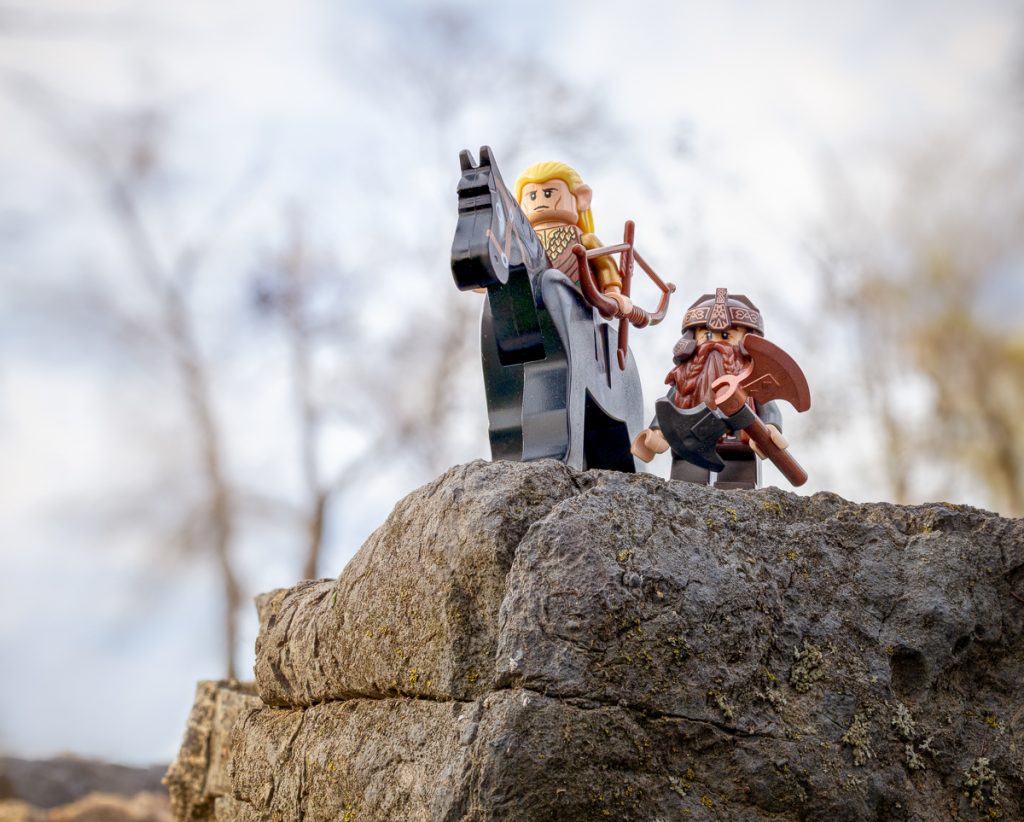
On the “River”
I have discovered that I don’t need actual rivers, oceans, or waterfalls to use as toy photography setups (although it is super fun to do so). Puddles, small streams, and run-offs work really well for outdoor water scenes. This very small non-photogenic stream typically only has water in it during the spring or occasionally after a heavy summer rainstorm. Getting low with the camera and eliminating the most distracting elements transformed it into a quite nice river kayaking scene.
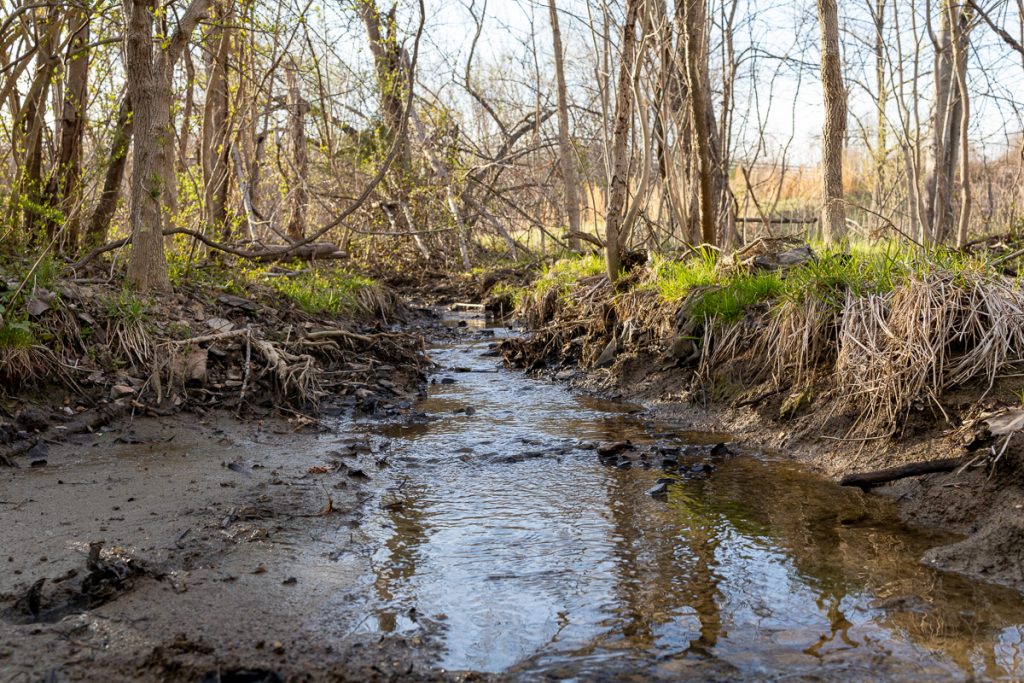
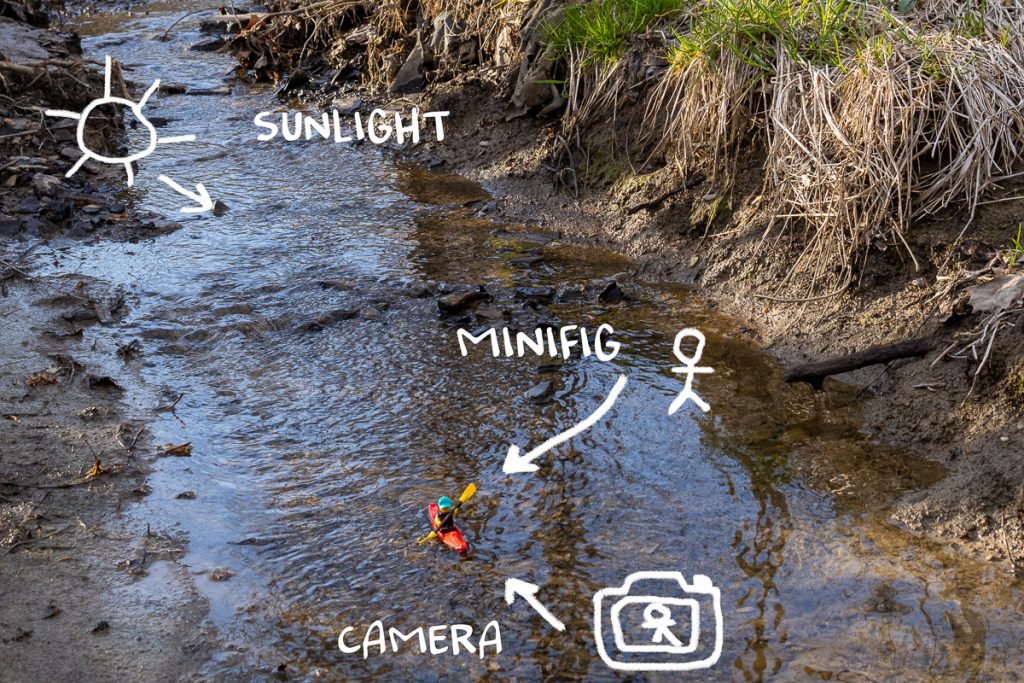
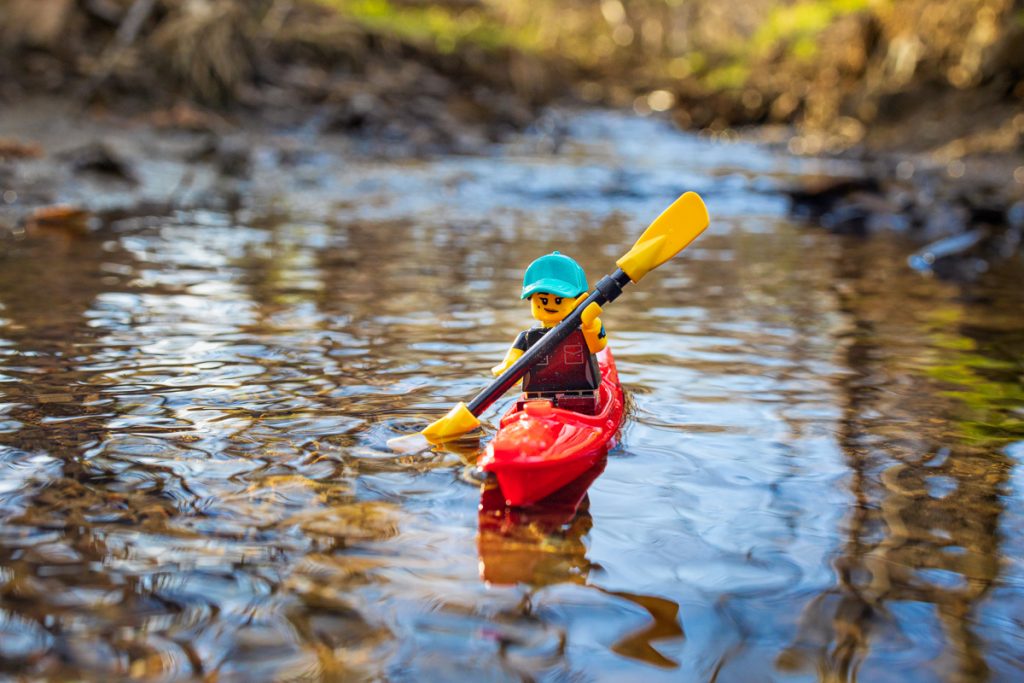
Tree Roots?!?
Tree roots might not seem like a useful toy photography setup at first glance. But they have a variety of colors, textures, and plenty of nooks and crannies, all of which can offer a lot of creative potentials. When I spotted this tree with moss-covered roots and a small colorful patch of flowers, I knew it would be a fun place for a minifig adventure.
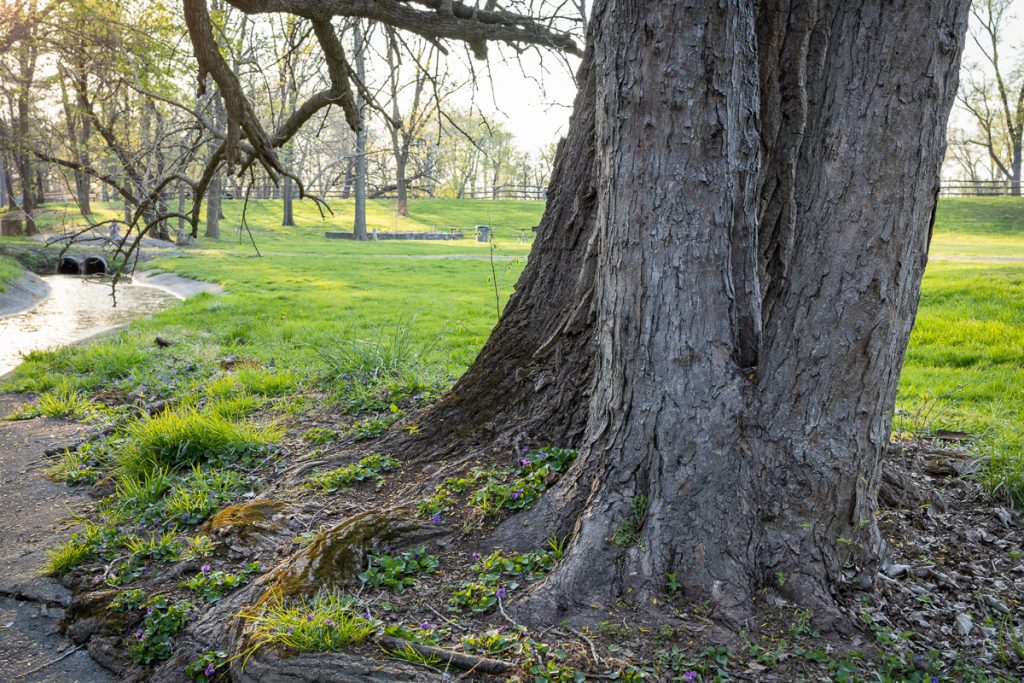
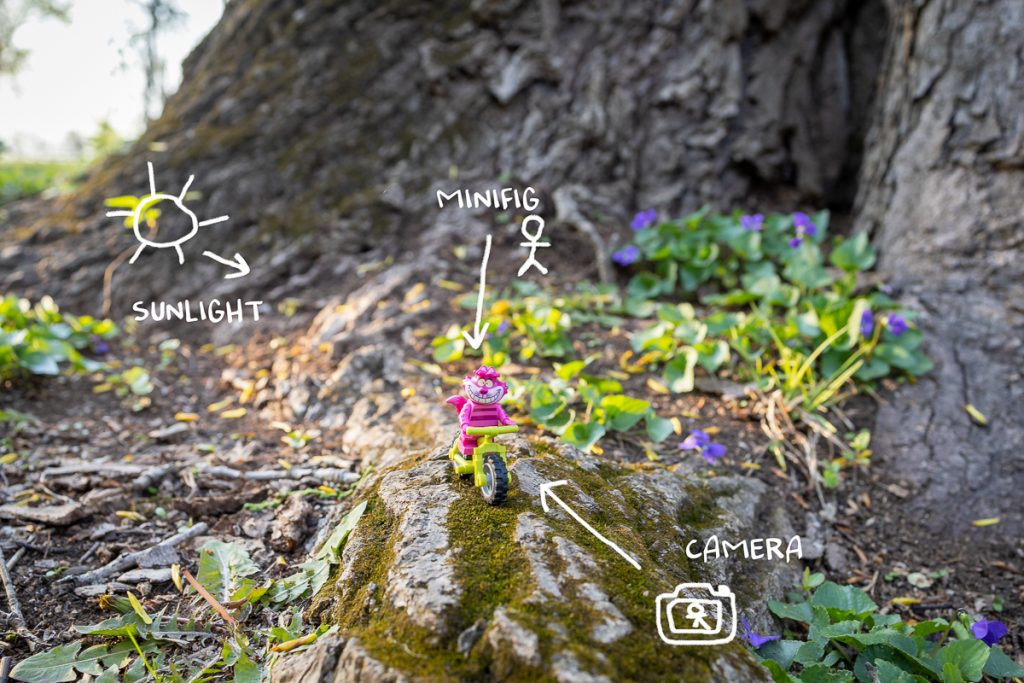
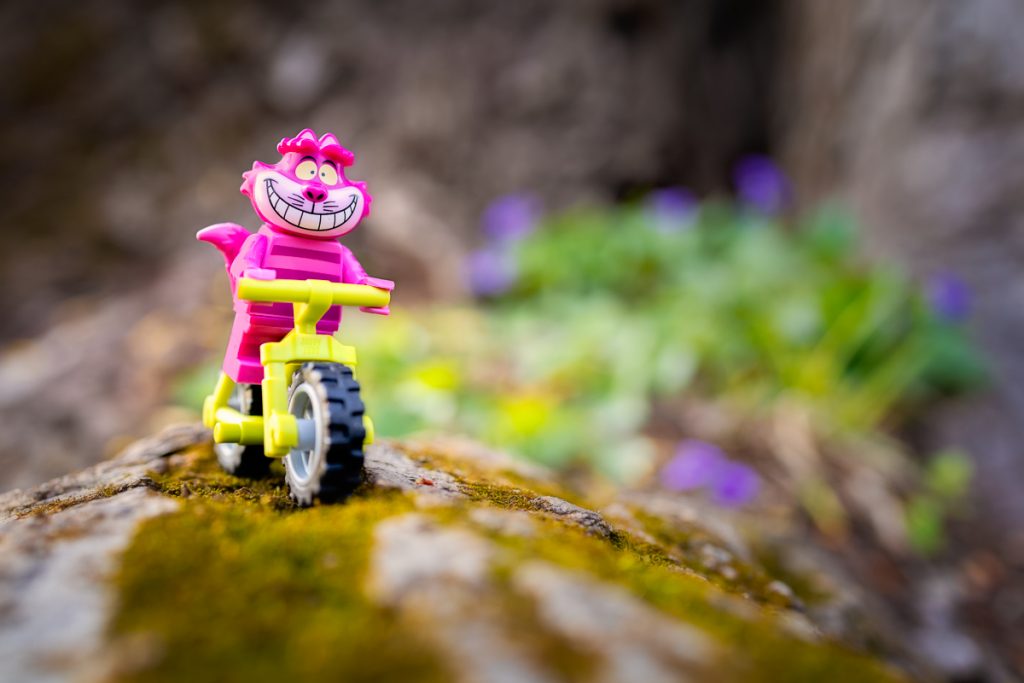
Another tree with dark, craggy bark textures and with the evening sun just peeking out from behind it made a fun spot for photographing Kili and Fili crossing some rough Middle Earth terrain.
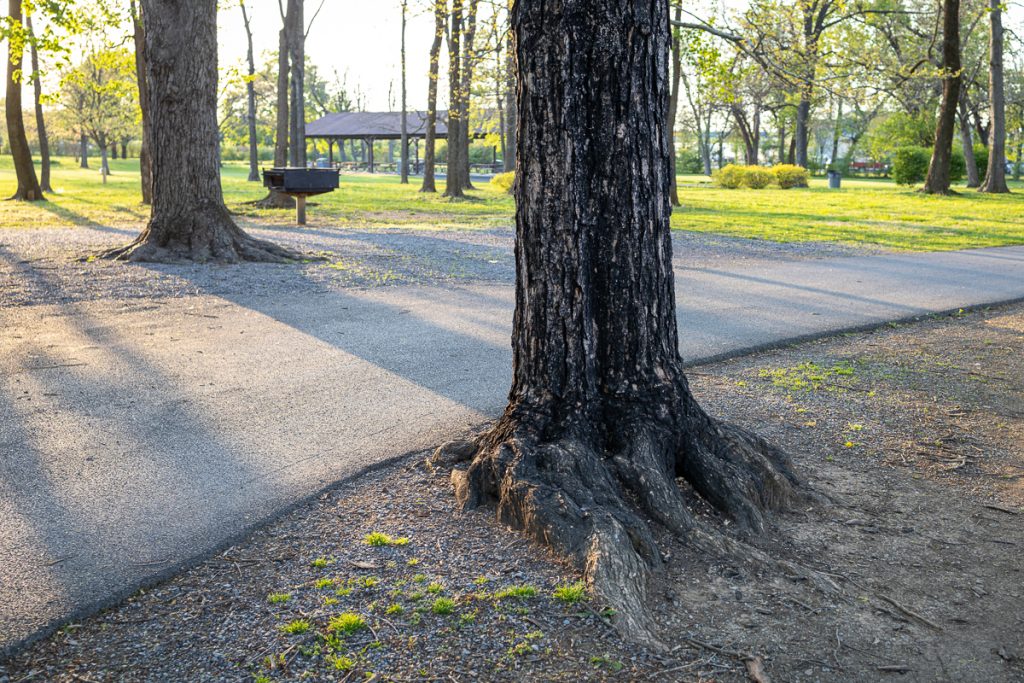
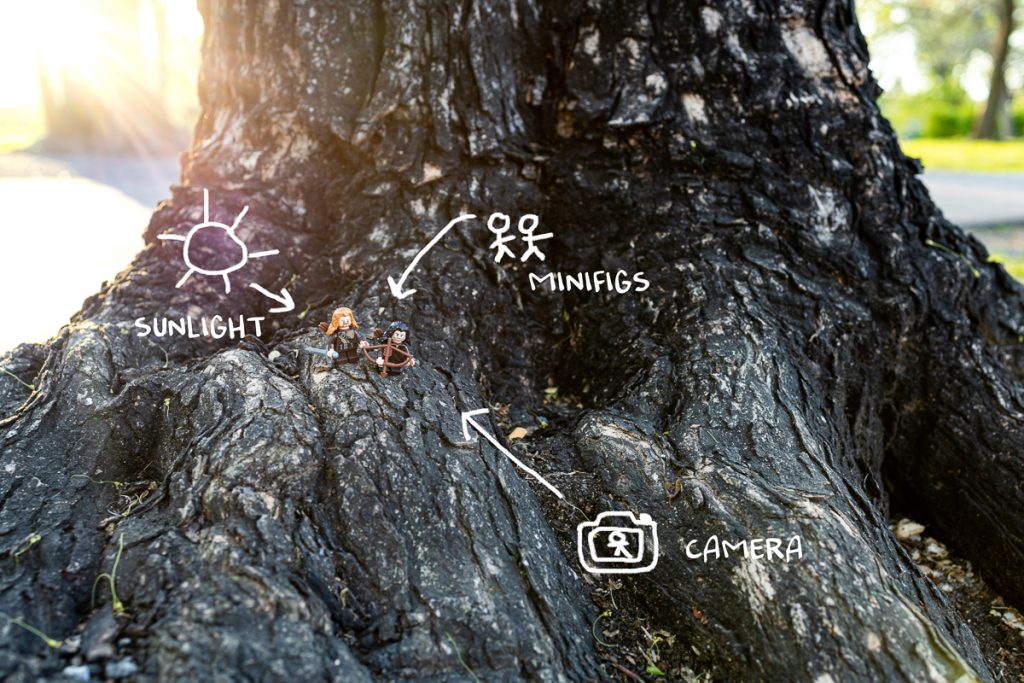
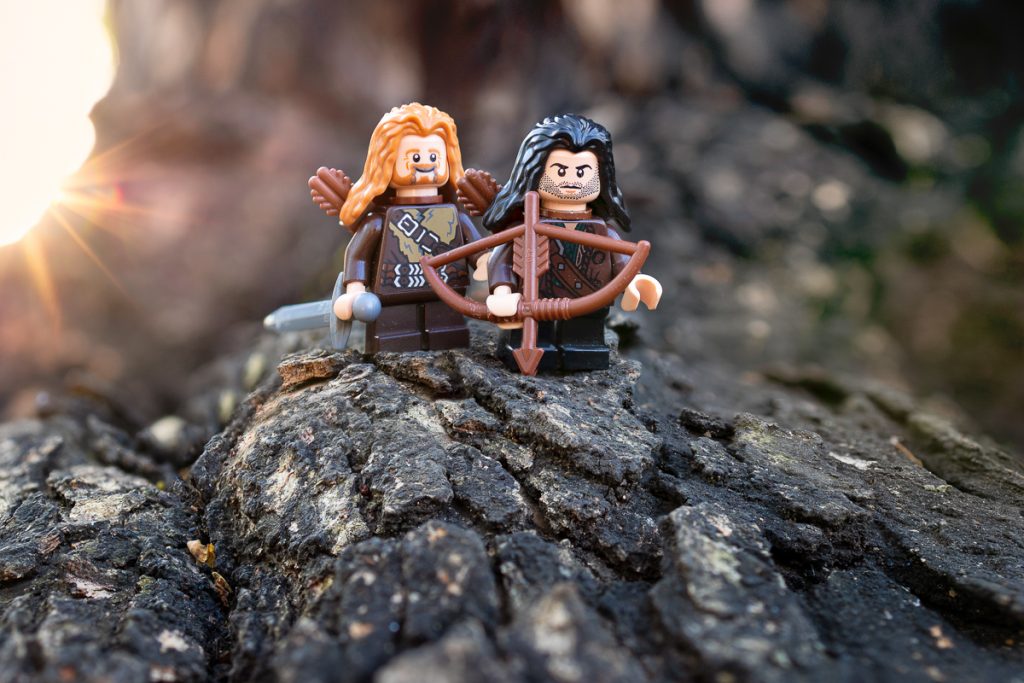
Fallen Tree Logs
Logs are one of my favorite settings to use for creating toy photographs. So many characters look great hiking, riding on animals or bikes, or just exploring the world on an old fallen tree log.
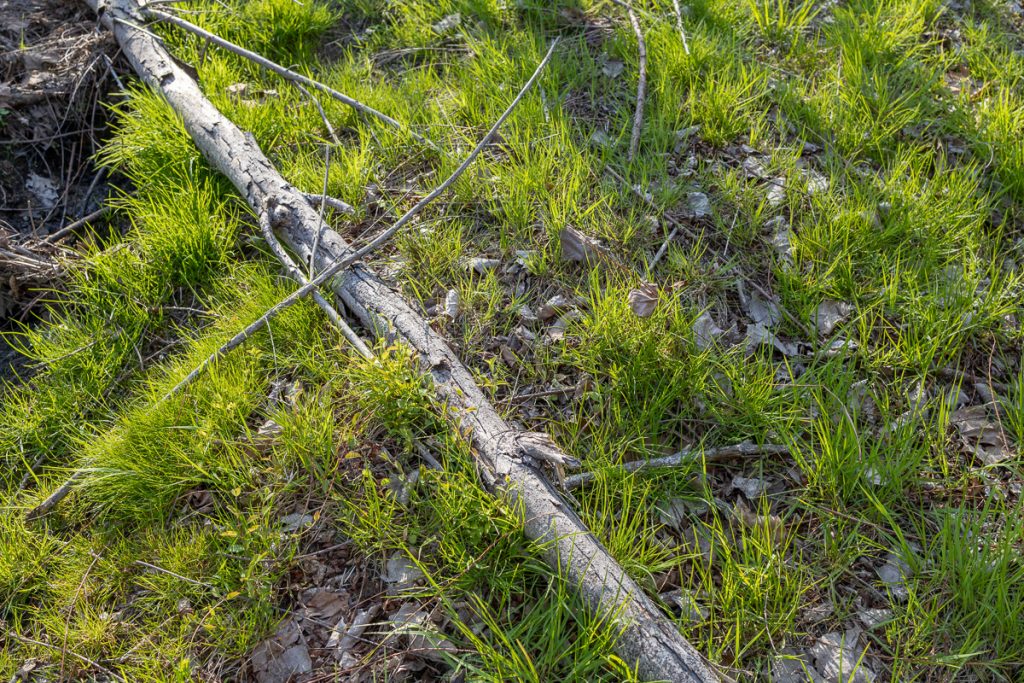
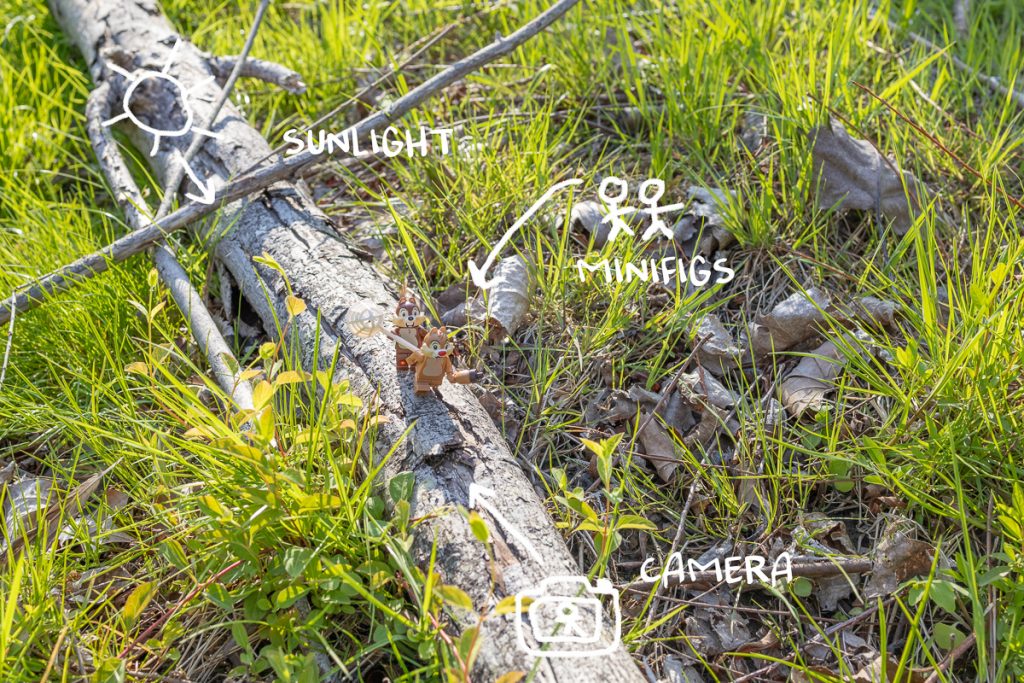
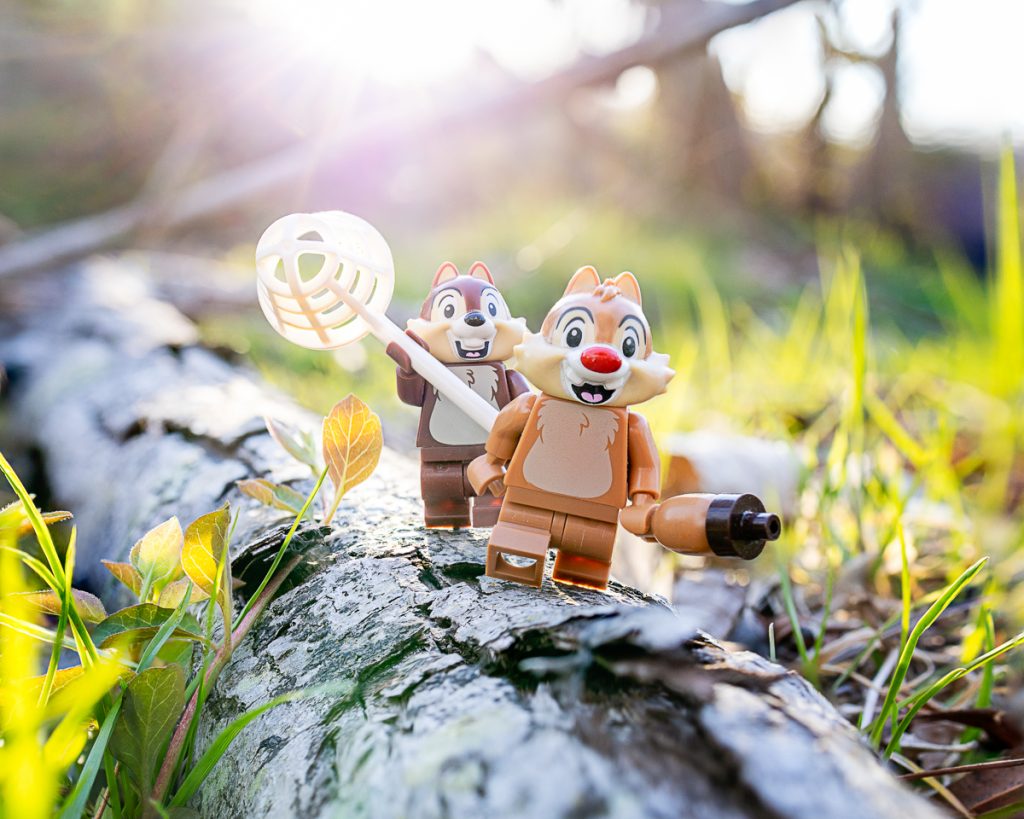
One word of advice … don’t get to attached to a particular log (or tree, rock, etc.) and think you’ll be able to use it forever. Like everything in nature, the scenery will likely change over time, or in the case of my favorite log, get removed as part of the annual trail “clean up” ☹.
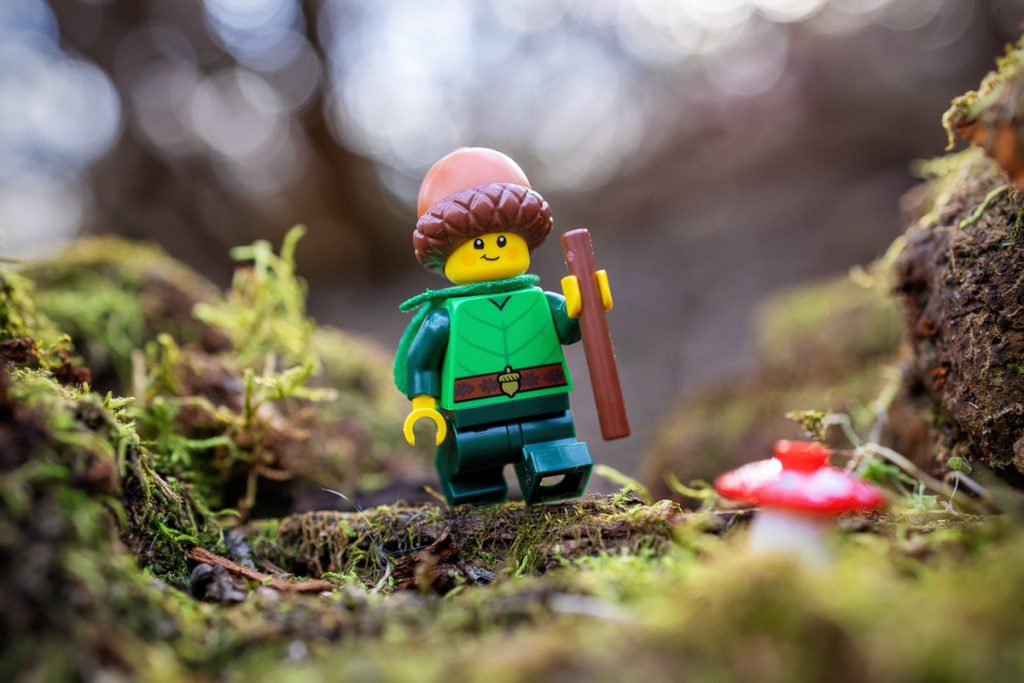
So Much More
Once I started “seeing” in small scale and looking around at things from a different perspective, I was amazed at the variety of magical adventures I could create with my toys outdoors. Now I find it a really fun photographic challenge to try making something from nothing. Who knew that even pond scum could make an interesting setup?
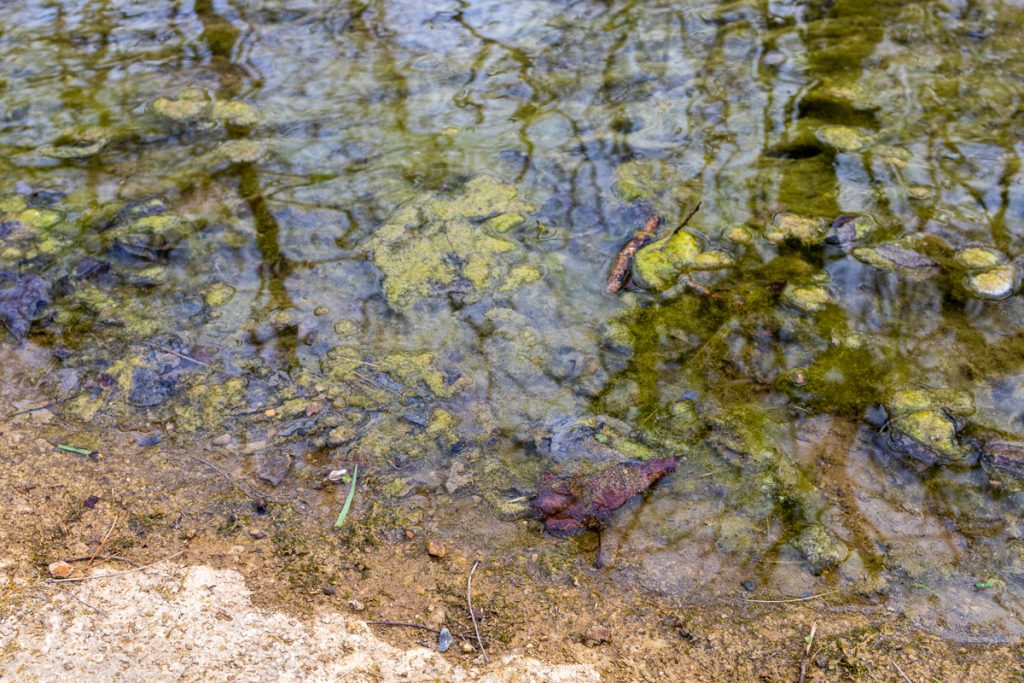
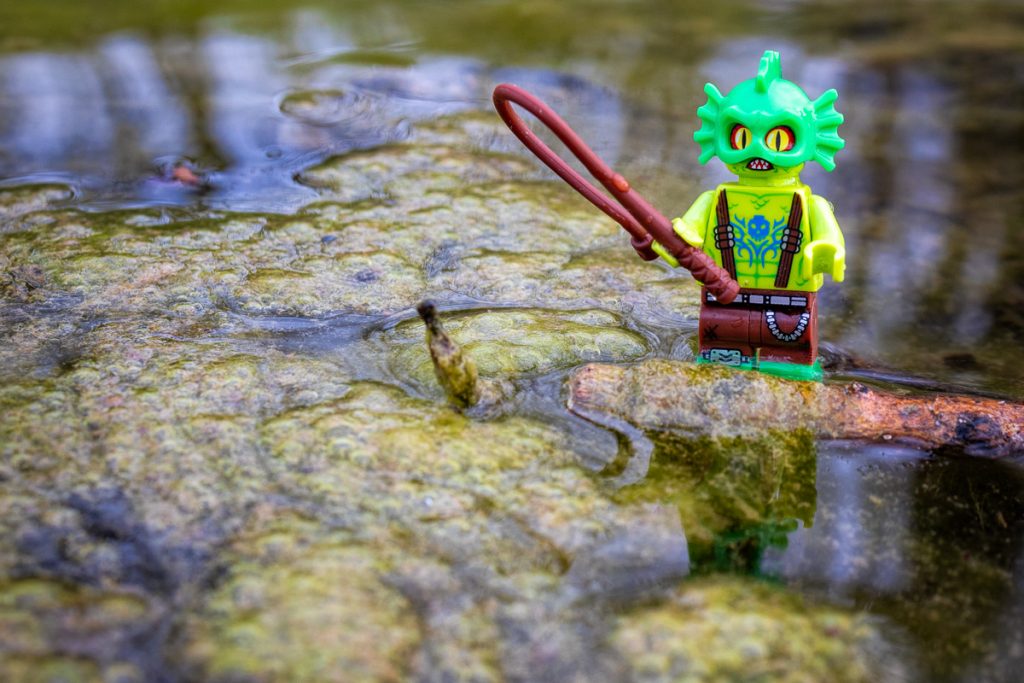
It’s also fun to not worry about scale or reality at all and just embrace “little toys in the big world” possibilities. Like posing a character in a small patch of spring flowers …
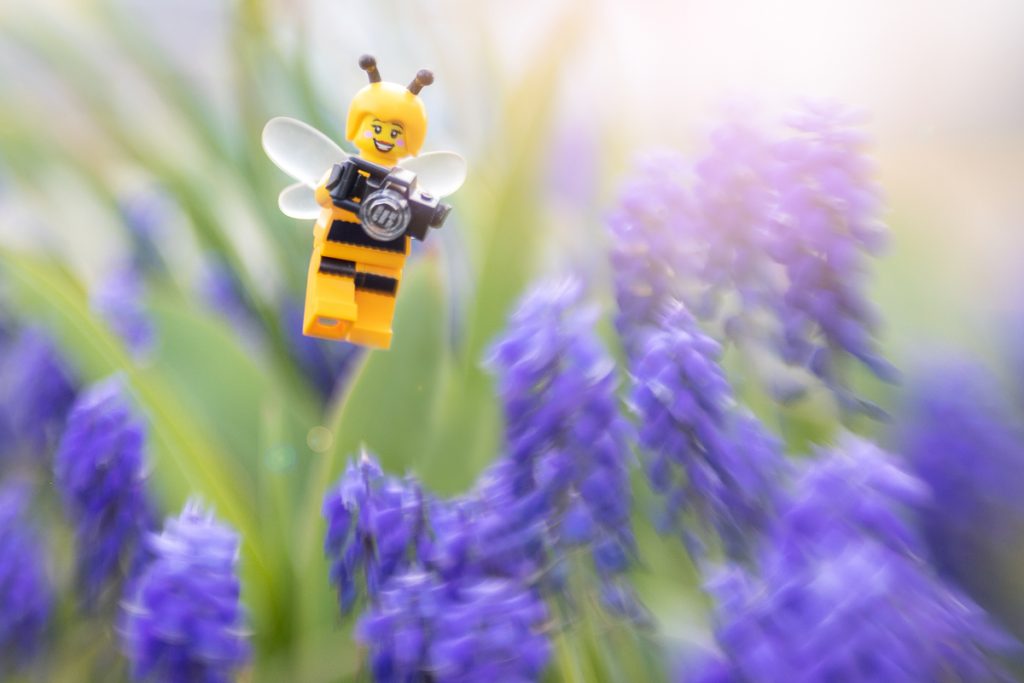
… or in a “field” of clover in the backyard.
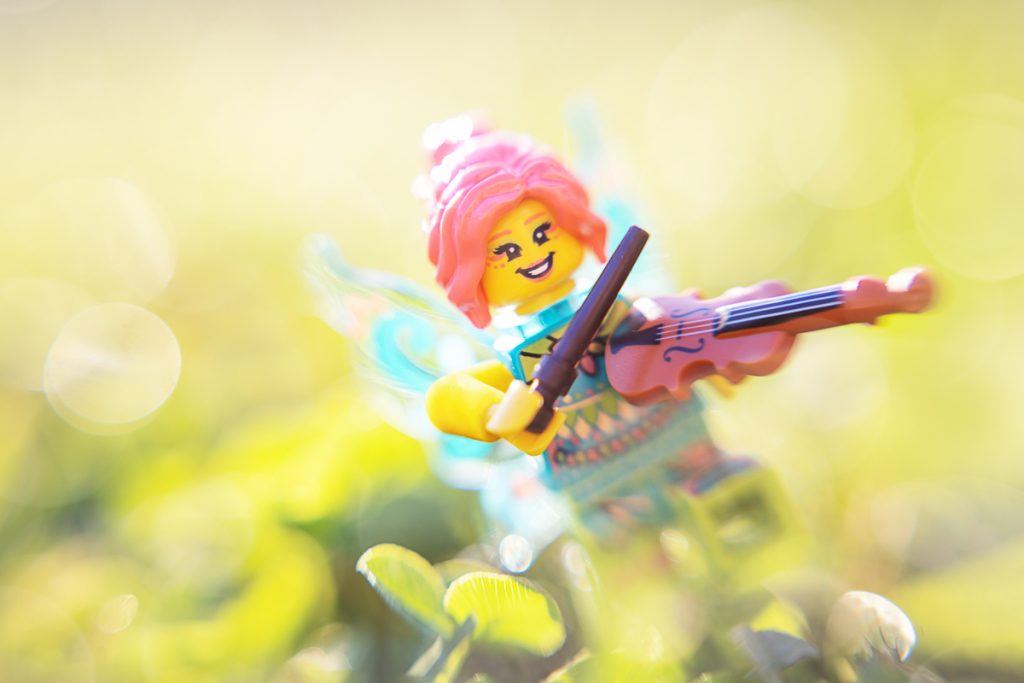
Or to just use the colors and textures from a patch of moss and leave the rest to the imagination.
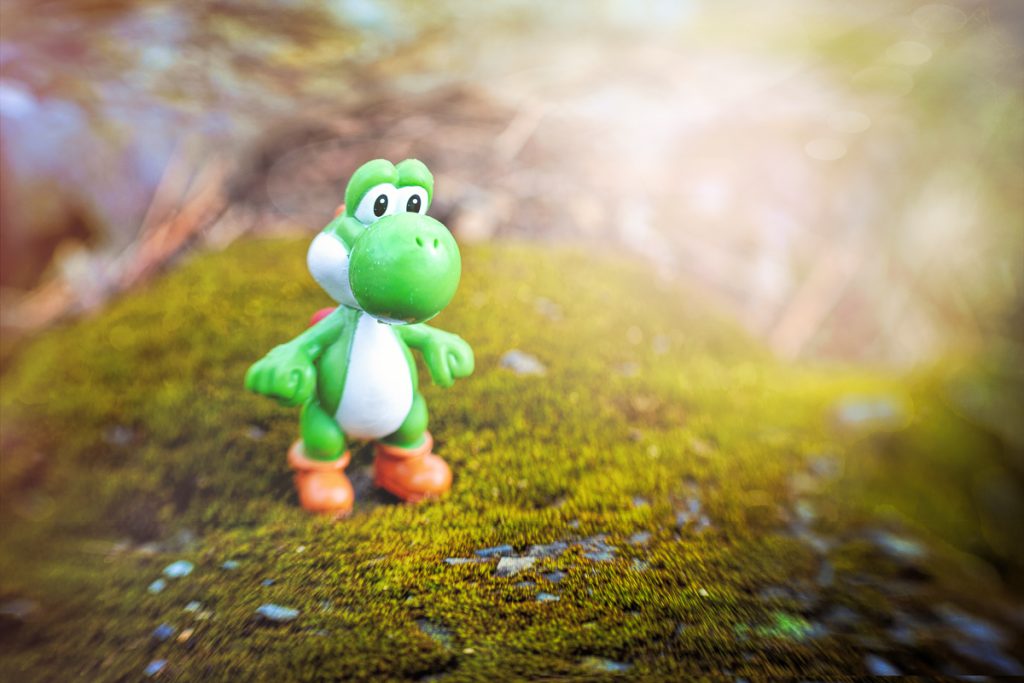
Summary
Although it’s fantastic to be able to photograph toys in the grandeur of a national park or other scenic outdoor location, there are plenty of opportunities to create photo adventures with toys “in the wild” closer to home. Don’t overlook a potential location because it seems mundane at first glance. Look at it during different seasons, at different times of day, in different lighting, and from different angles. And even though I focused on creating “natural” scenes in this post, industrial and urban environments surely offer some awesome outdoor toy-sized setups too. So get those toys outside and see what adventures await them!
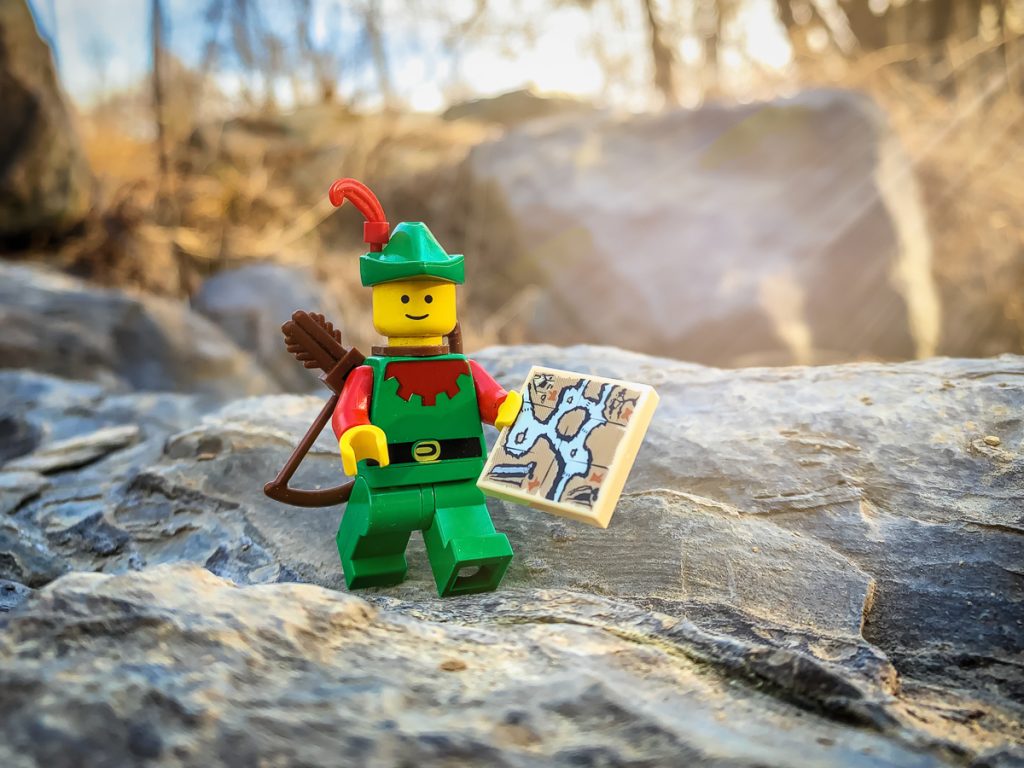
Where are your favorite “ordinary” places to create outdoor toy photography setups? Comment below and share your ideas with the community.



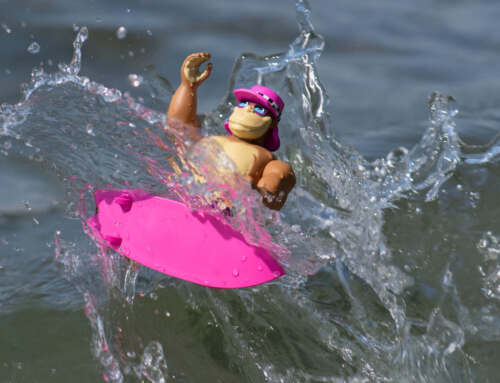

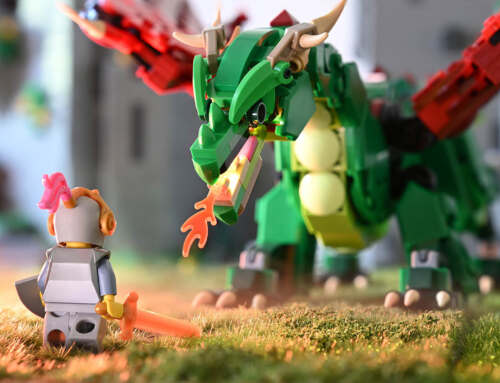
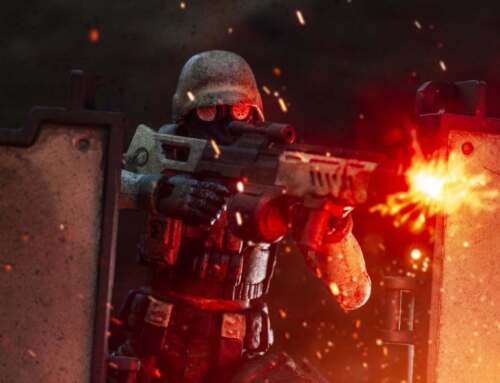
Wonderful post Chellie. I love the behind the scenes photos and your explanations of what you look in a potential scene. And the results are amazing!
This was very encouraging! Thank you for sharing your insight
The way toy photography takes a tiny corner of the world and turns it into a setting for a story never fails to inspire me. It really does feel like “something from nothing”, and that alchemy is such a miracle!